Dupa plasarea solicitării de comandă, in sectiunea Istoric puteti vedea cate solicitări de comandă mai avem de procesat inaintea dumneavoastra
Program de lucru: Luni - Vineri 9:00 - 18:00, pauza 13:00 - 14:00.
Se efectueaza lucrari de mentenanta la site si pot aparea erori. In cazul in care intampinati erori va rugam sa reincercati mai tarziu.
Ridicarea personala este disponibila pentru comenzile achitate in avans. Se pot ridica dupa ce sunt pregatite.
Niciun produs
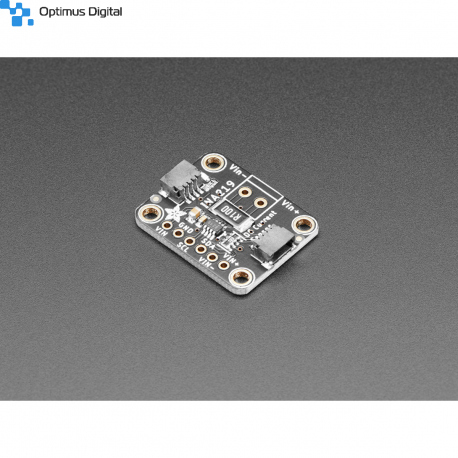 Mărește
Mărește
Senzor de Curent DC Adafruit INA219 (-26V ±3.2A Max)
P904
Produs nou
Senzor de Curent DC Adafruit INA219 (-26V ±3.2A Max)
1 bucata in stoc
Ultimele bucăți în stoc
- Scrie o recenzie
- Elimina acest produs din lista mea de favorite.
- Adauga acest produs la lista mea de favorite.
- Imprimă
Informații
Senzor de Curent DC Adafruit INA219 (-26V ±3.2A Max)
Recenzii
Clienții care au cumpărat acest produs au mai cumpărat:
-
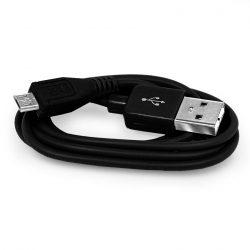
Cablu Micro...
Cablu Micro USB de 1 m, negru
$1.67
-
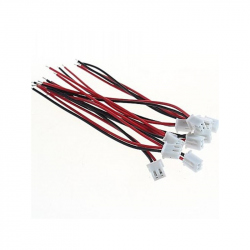
$0.24
-
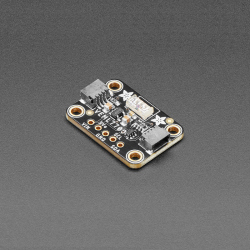
Modul senzor...
Senzorul are o gamă dinamică pe 16 biți pentru...
$10.80
-
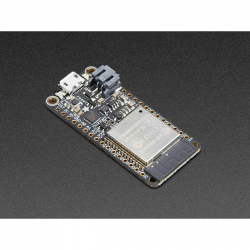
Placă de...
Placă de Dezvoltare Adafruit HIZZAH32 - ESP32...
$33.36
-
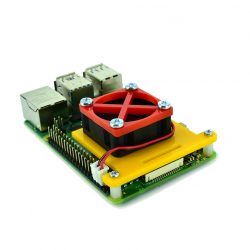
Suport...
Suport Pentru Montare Ventilator Pe Raspberry...
$2.88
-
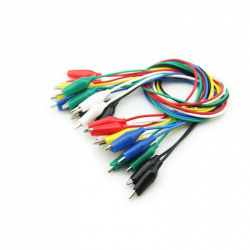
Set 10...
Set 10 Cabluri cu Clesti Crocodil
$3.60
-
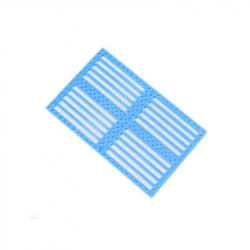
Placă din...
Placă din Plastic Albastră cu Găuri
$0.71
-
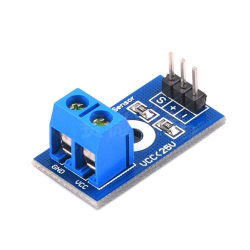
Modul Senzor...
Modul Senzor de Detectare a Tensiunii Pentru...
$0.48
-
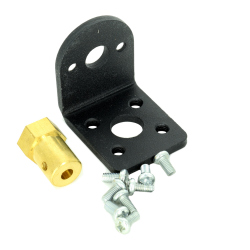
Cornier de...
Suport de montare, fabricat din metal, și hub...
$4.80
-
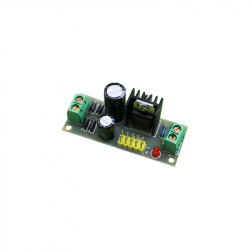
Modul cu...
Module with 5V voltage stabilizer L7805 useful...
$3.60





